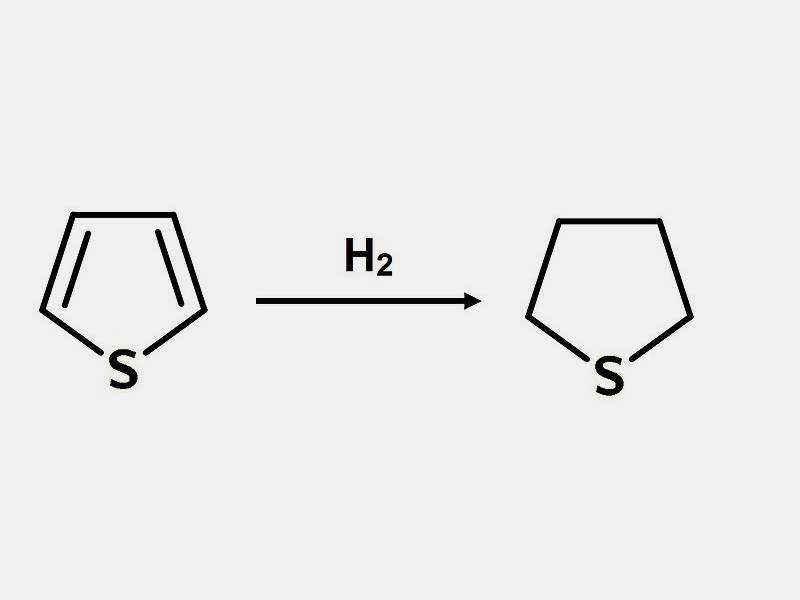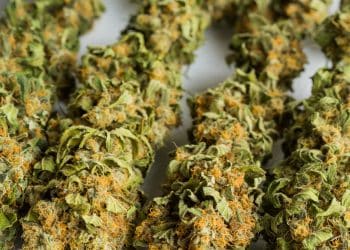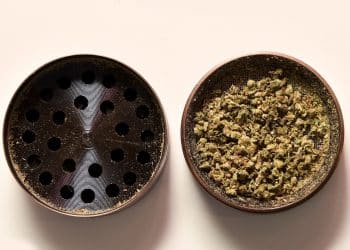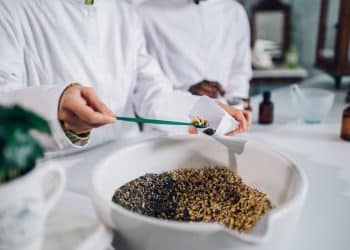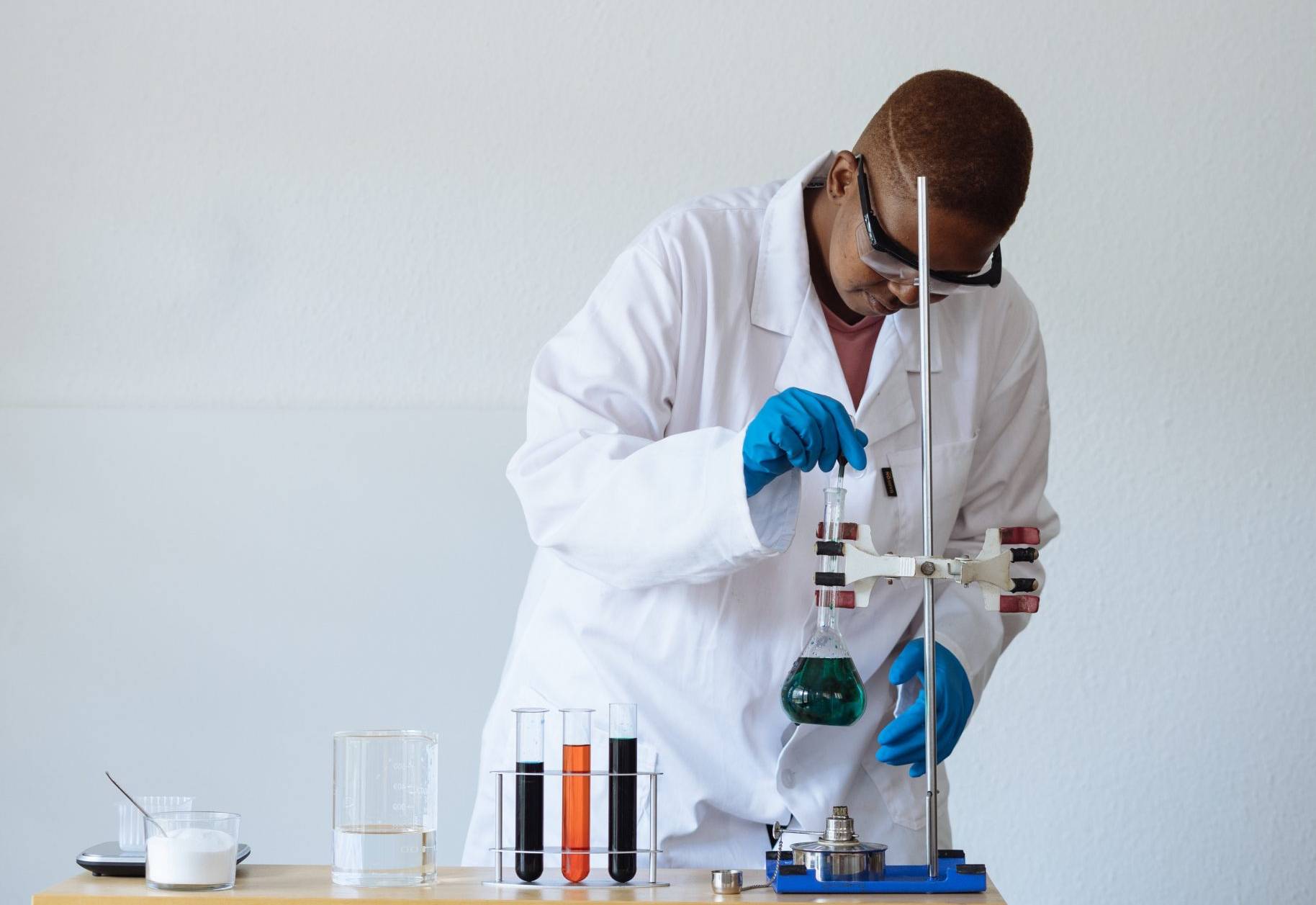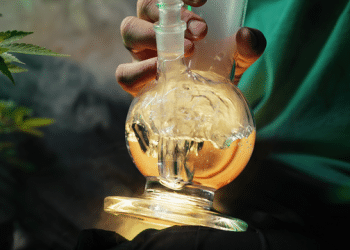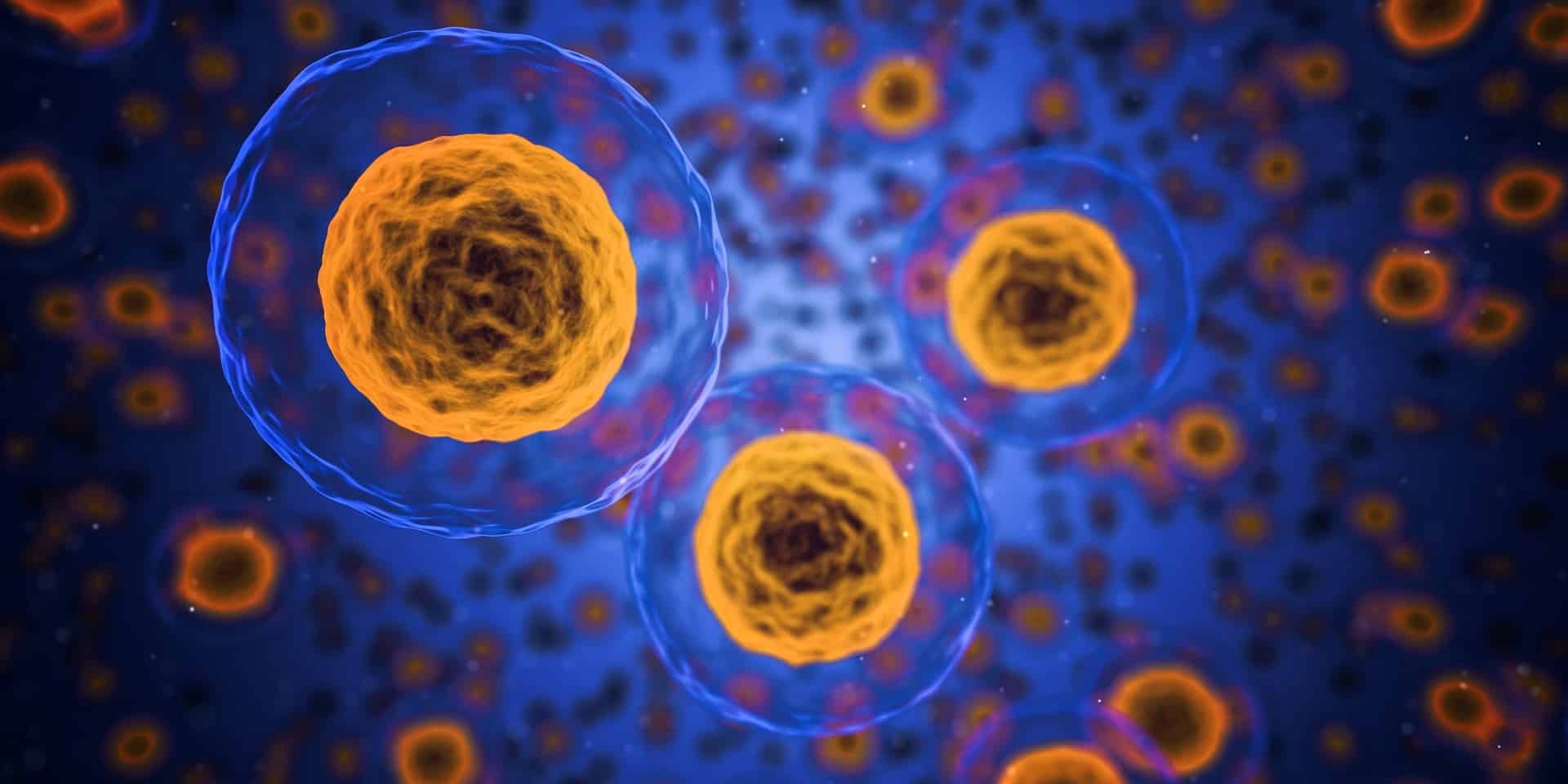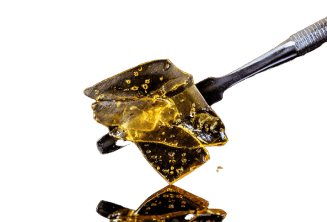HHC is yet another obscure cannabinoid that has been gaining popularity as a (currently) legal alternative to THC. HHC is a hydrogenated form of THC, meaning instead of the latter’s double bonds, it has hydrogenated atoms in their place that make it more stable and greatly improves its shelf life. It basically has more resistance to oxidation which is THC’s kryptonite alongside heat and UV exposure.
HHC, like THC’s isomers Delta-8-THC and Delta-10-THC, occurs only in trace amounts in cannabis naturally, so it has to be made scientifically in order for it to be viable as a commercial product.
The Creation Process
So how is HHC made? Its aforementioned definition provides a solid hint regarding the most popular method – via hydrogenation of THC. In fact, this is how HHC was discovered in the first place all the way back in 1940 by Roger Adams, who described the process in his patent in 1947. In principle, the process involves high pressure, hydrogen atoms, and inert materials, such as ridium, palladium, rhodium, nickel, ruthenium, platinum or rhenium serving as catalysts. When concentrated THC is subjected to high pressure, its double bonds break away, destabilizing its structure. This is where hydrogen comes in to restore that stability. [1]
Alternative Methods of Making HCC
But THC isn’t the only cannabinoid that HHC can be made from. CBD conversion is another way to obtain HHC, using artificial gastric juice. And to circle back on hydrogenation, rumor has it that HHC has also been made from the terpenes citronellol and L-carvone via the same process, but that hasn’t been confirmed. It’s also worth noting that hydrogenation is used to make products we consume on a daily basis, like margarine, but that doesn’t mean it’s a trivial process anybody can carry out. On the contrary, it can be dangerous and involves solid scientific know-how.
References:
- Watanabe, K. et al, Conversion of cannabidiol to Δ 9-tetrahydrocannabinol and related cannabinoids in artificial gastric juice, and their pharmacological effects in mice. Forensic Toxicology, 25, Impact Factor = 3.51; Times Cited = 48
Image Credits: Wikimedia Commons
